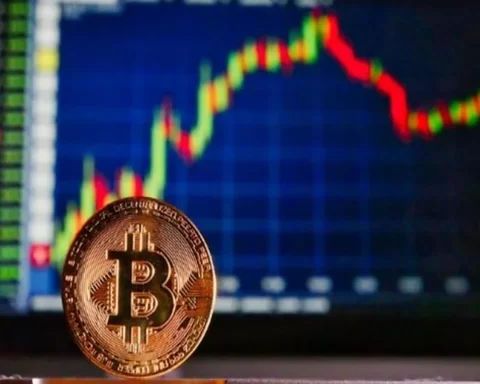The Bitcoin halving, a core feature of the cryptocurrency’s protocol, will soon reduce the block reward from 6.25 BTC to 3.125 BTC, cutting the supply of new bitcoins by half approximately every four years, or every 210,000 blocks.
This event, anticipated to occur in the coming days, aims to make Bitcoin scarcer, acting as a deflationary force and enhancing its value as a store of wealth.
Investors are optimistic about potential price increases post-halving, whereas miners face the challenge of adapting to the reduced rewards.
As the reward for mining a Bitcoin block halves, miners must increasingly focus on operational efficiency to remain viable.
“The halving always shakes things up. It is a great opportunity for new players to come into the industry,” noted Alejandro De La Torre, founder and CEO of mining pool Demand.
Mining operations must now prioritize accessing inexpensive energy and upgrading their equipment.
This necessity could drive significant shifts within the Bitcoin mining industry, affecting all stakeholders.
Ben Gagnon, chief mining officer at Bitfarms, explained the direct impact on older equipment, noting that miner models three to five years old might become economically unfeasible if Bitcoin prices don’t sufficiently compensate for the reduced block reward.
The global Bitcoin hash rate, a measure of the network’s computational power, continues to grow, signaling preparation among miners for the upcoming halving.
“Most of the successful miners are already using new and efficient machinery.
Those who are not prepared are doomed to go broke,” remarked Anibal Garrido, a Bitcoin mining expert.
The geographical landscape of mining may also shift.
READ MORE: Puffer Finance Raises $18 Million in Series A to Launch Ethereum-based Liquid Staking Mainnet
While the U.S. holds a significant portion of the mining power, the halving could redistribute this balance, with miners potentially relocating to countries with lower electricity costs, like Paraguay and Venezuela, which have attracted attention due to their favorable conditions for mining.
De La Torre also highlighted opportunities for regions with low purchasing power, suggesting that “the halving is an opportunity for new regions to emerge as profitable places; keep an eye out for the Middle East, Africa, and Latin America.”
“Despite the challenges, shifting to other cryptocurrencies remains unlikely for Bitcoin miners.
“Digital gold will always be digital gold. No one with common sense will migrate from gold to garbage,” Garrido asserted, dismissing the idea of mining less dominant SHA-256 based cryptocurrencies.
Concerns about the potential centralization of the mining industry have been debated.
Although the halving could lead to the exit of smaller miners, thereby increasing the market share of larger entities, natural economic forces are believed to counteract significant centralization.
“Centralization seems to be an increasingly smaller and smaller concern with each halving,” Gagnon clarified.
Ultimately, the halving represents both a challenge and a critical evolutionary step for Bitcoin, ensuring only the most efficient and prepared miners continue to thrive.
To submit a crypto press release (PR), send an email to sales@cryptointelligence.co.uk.




